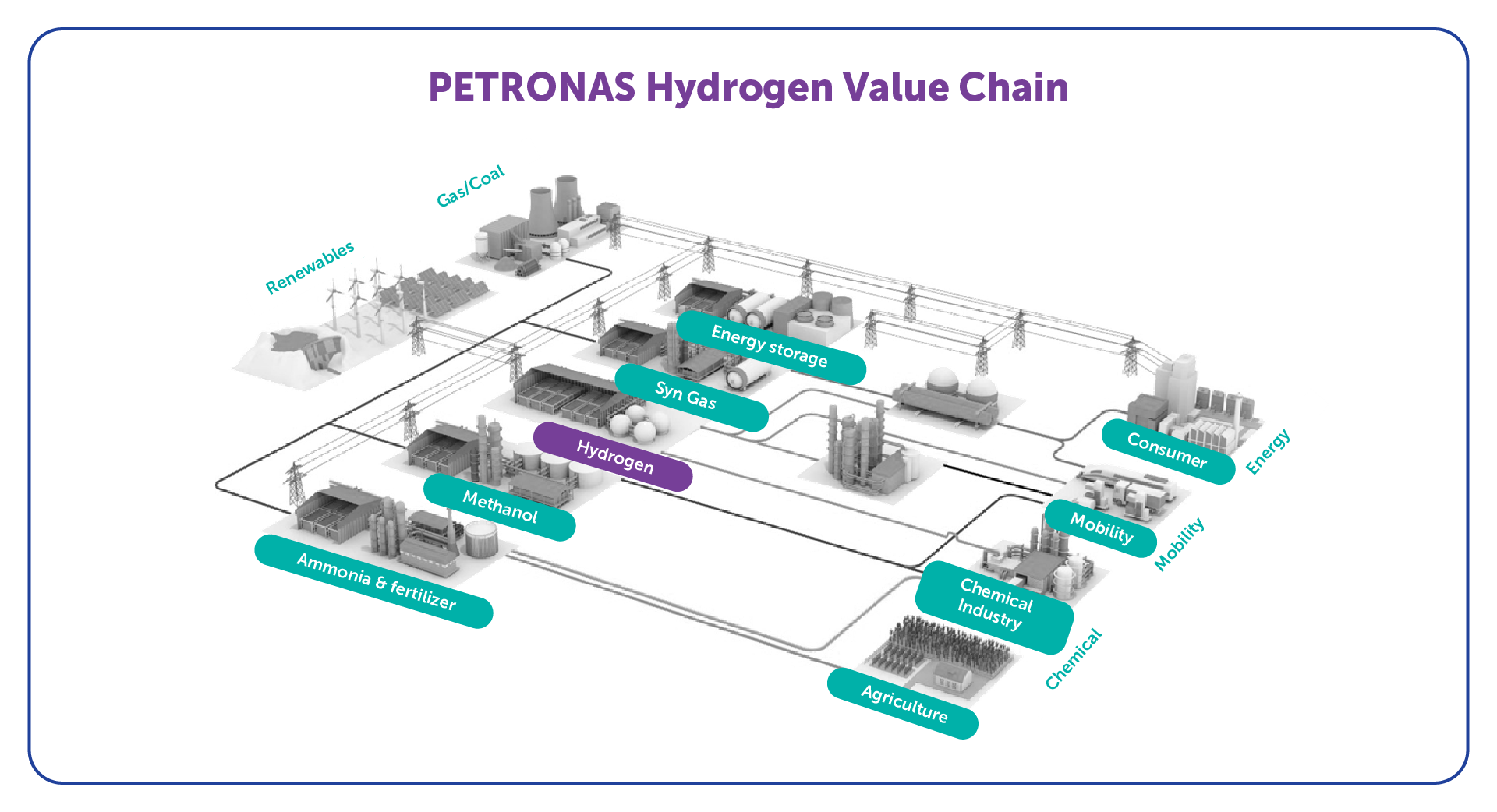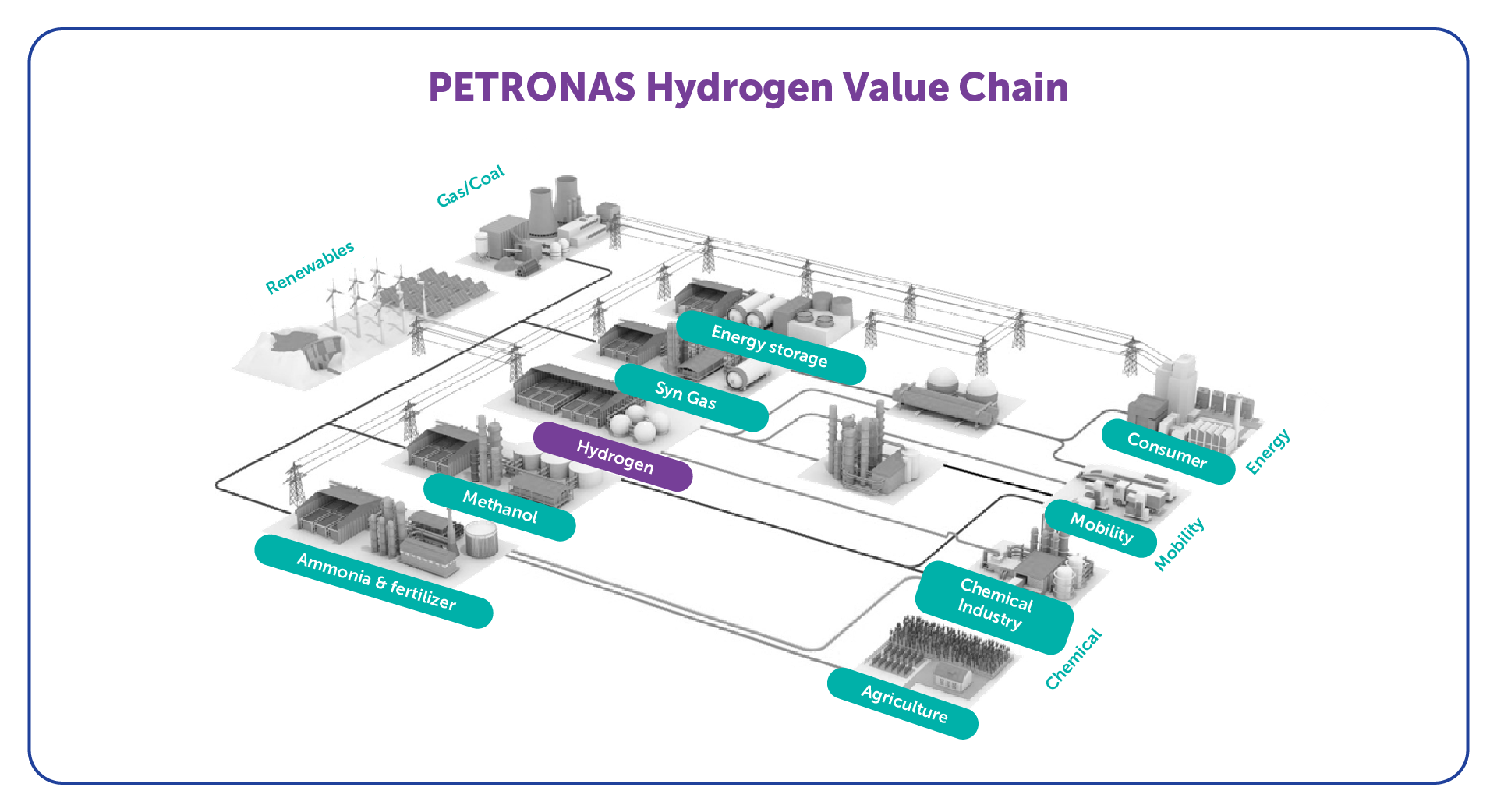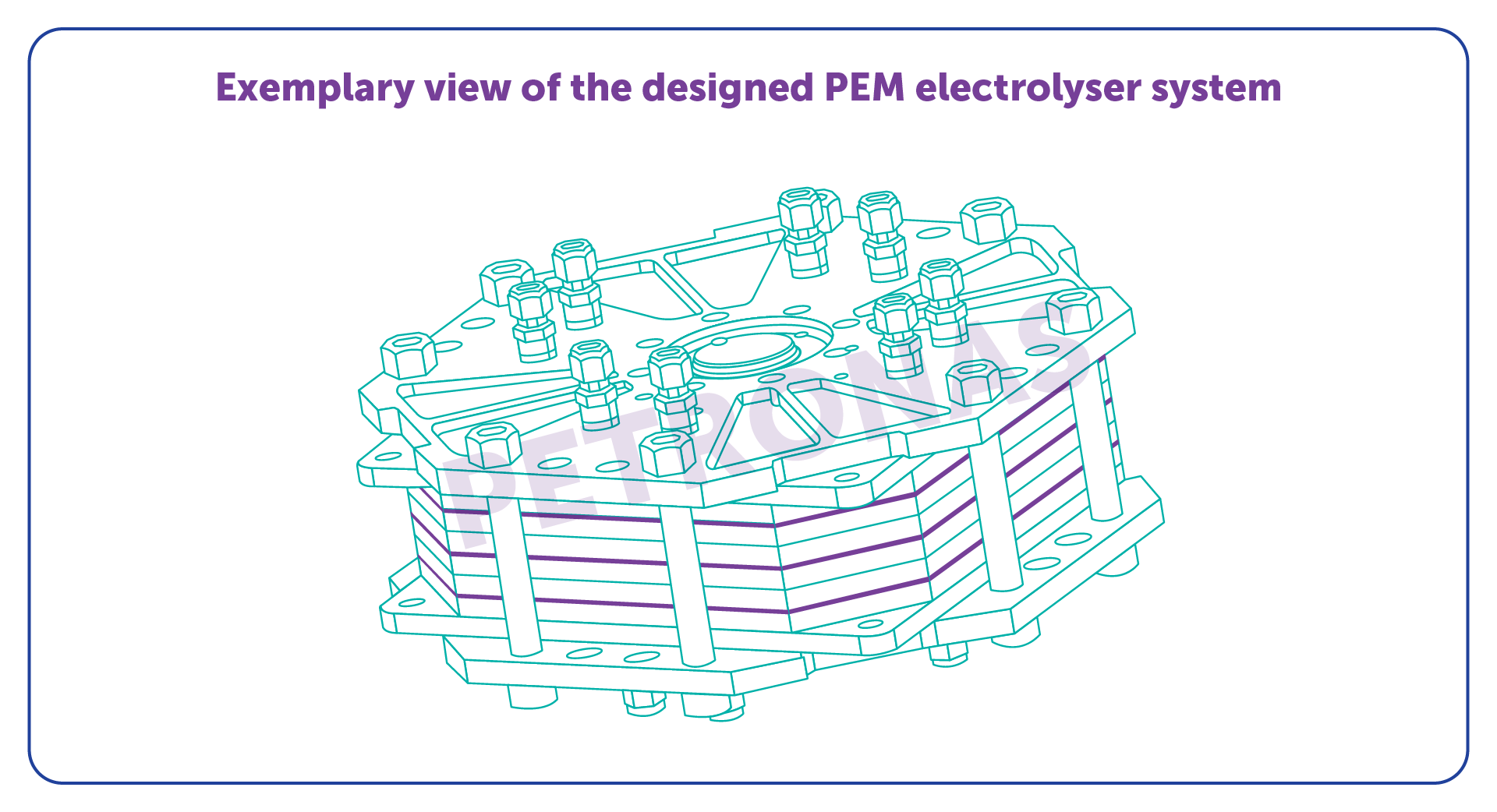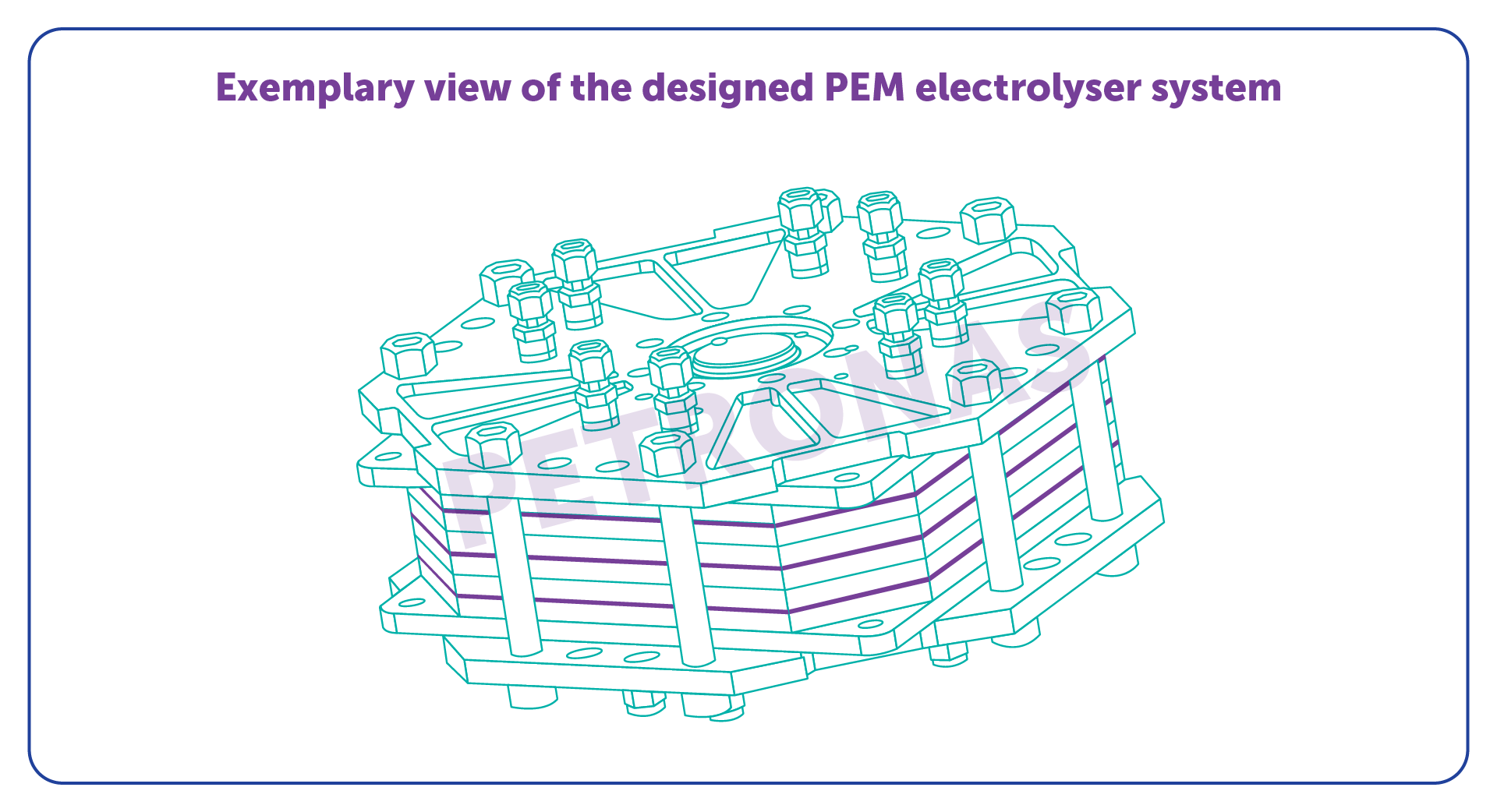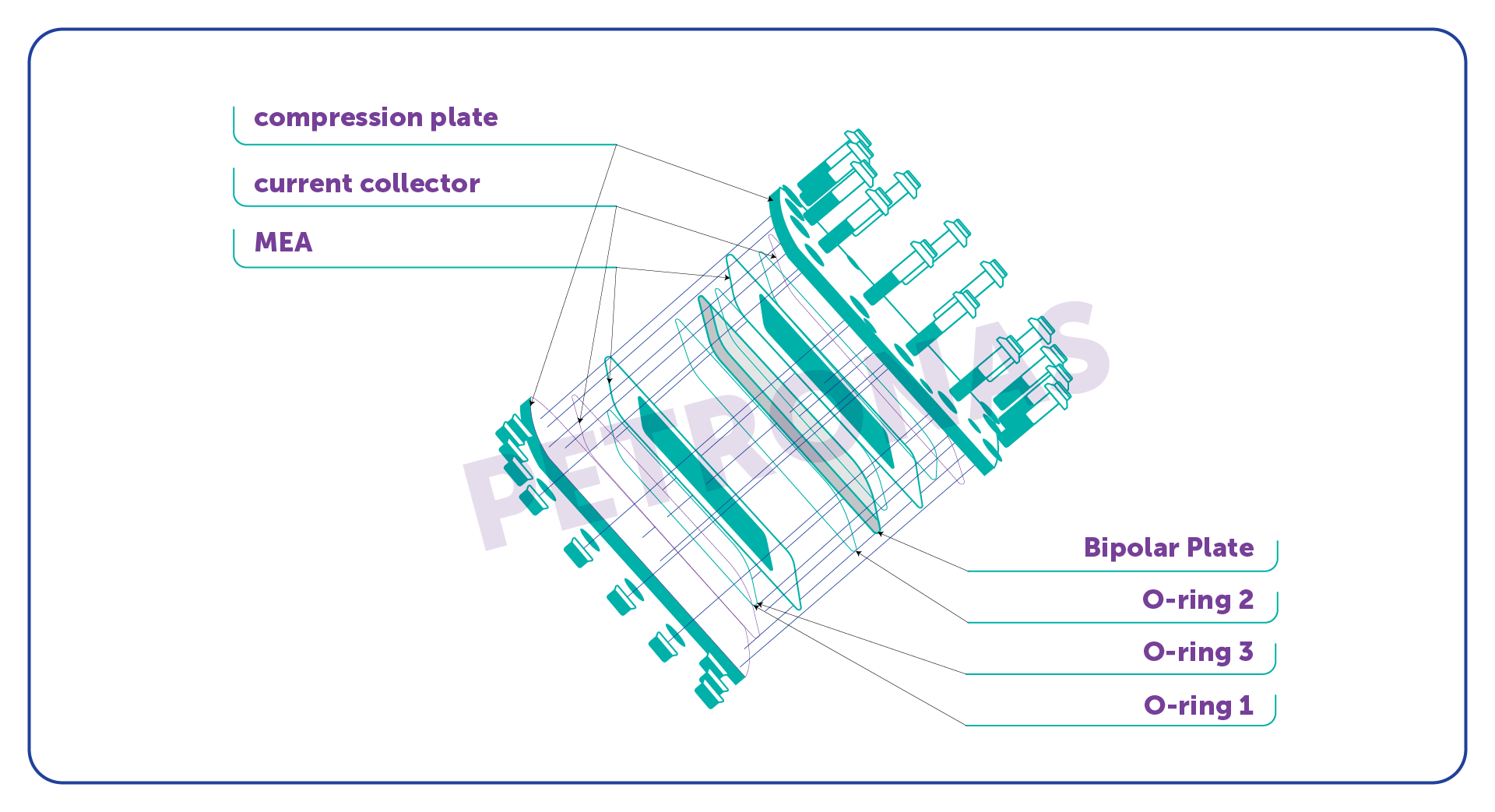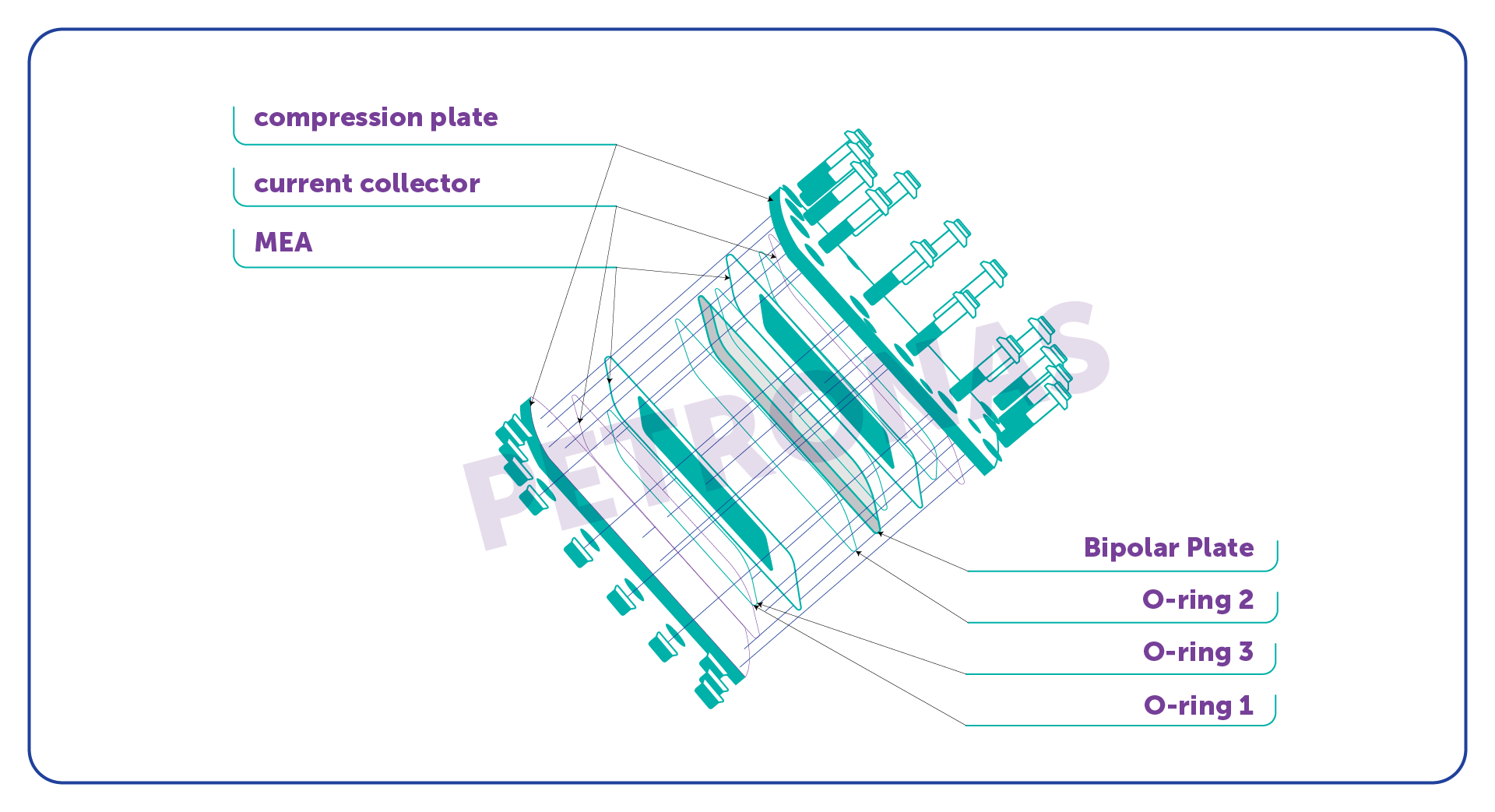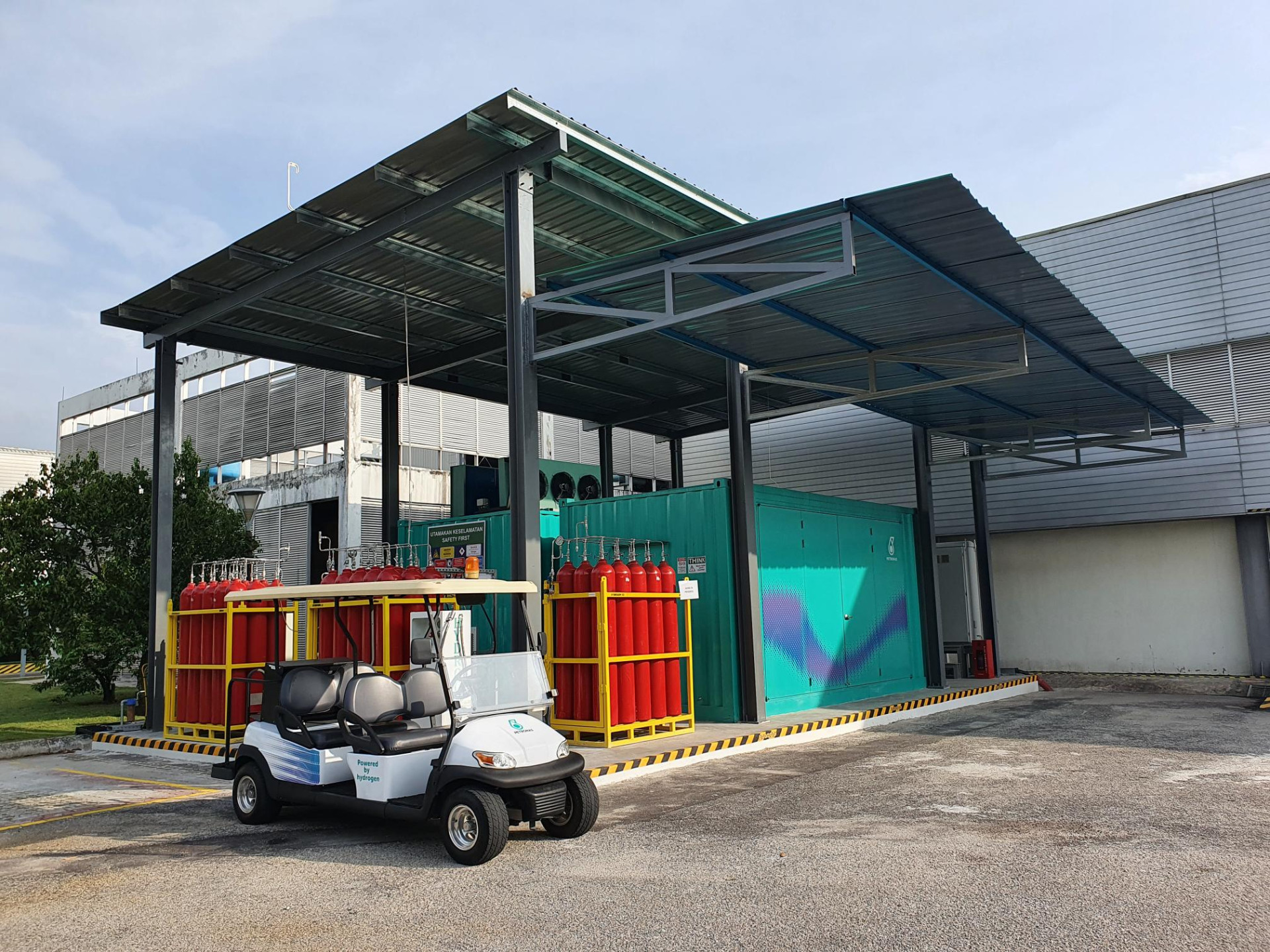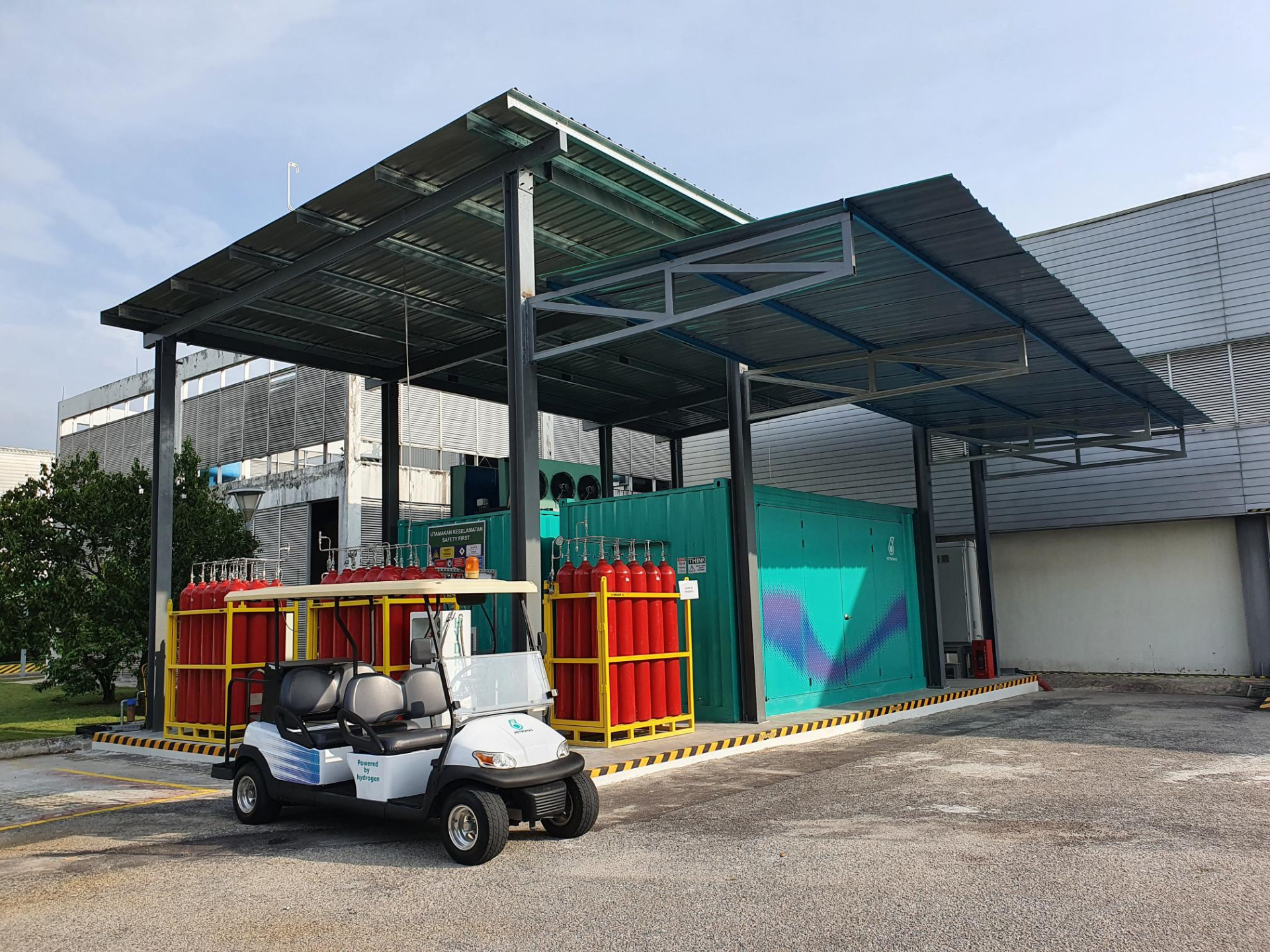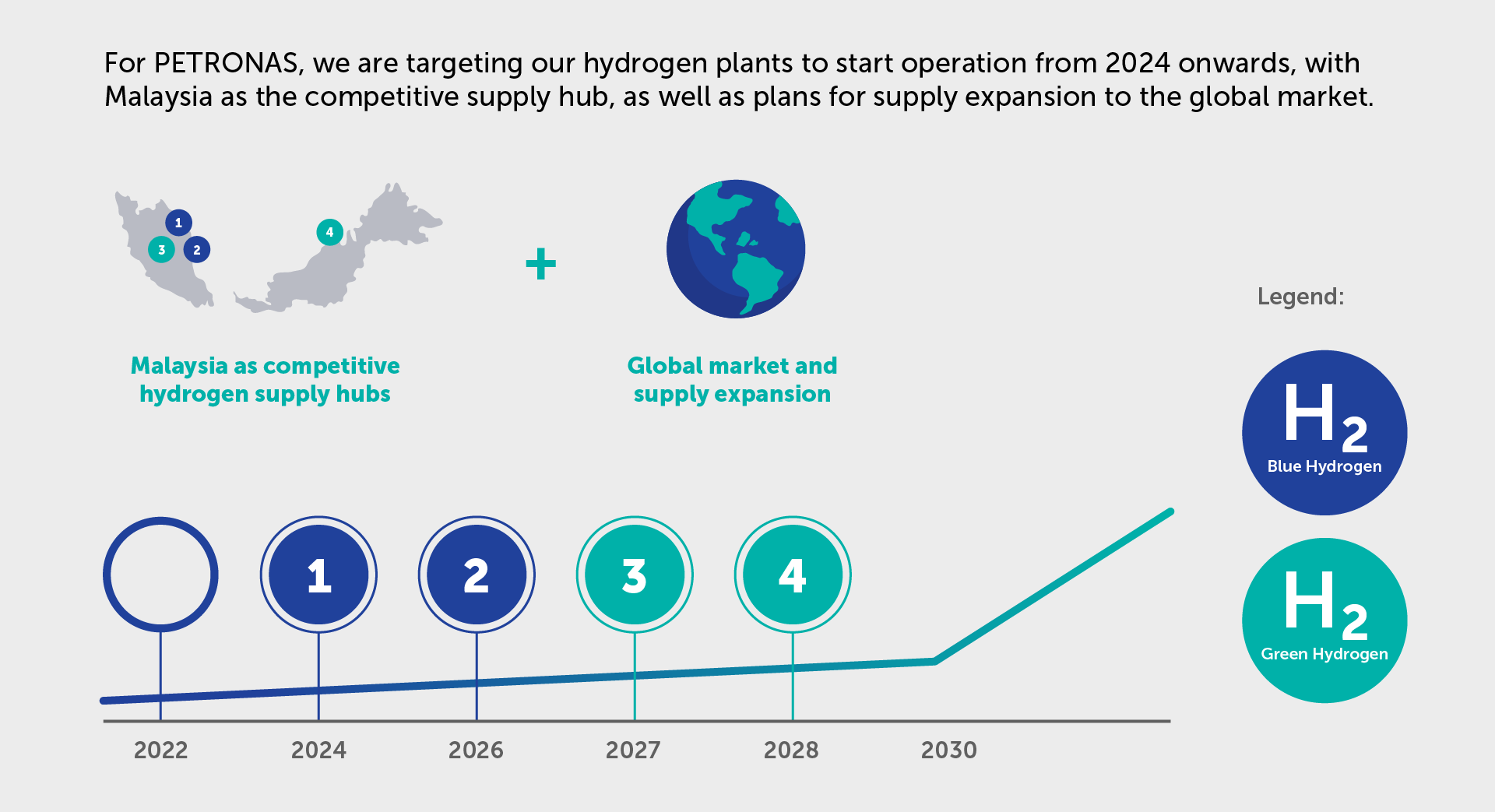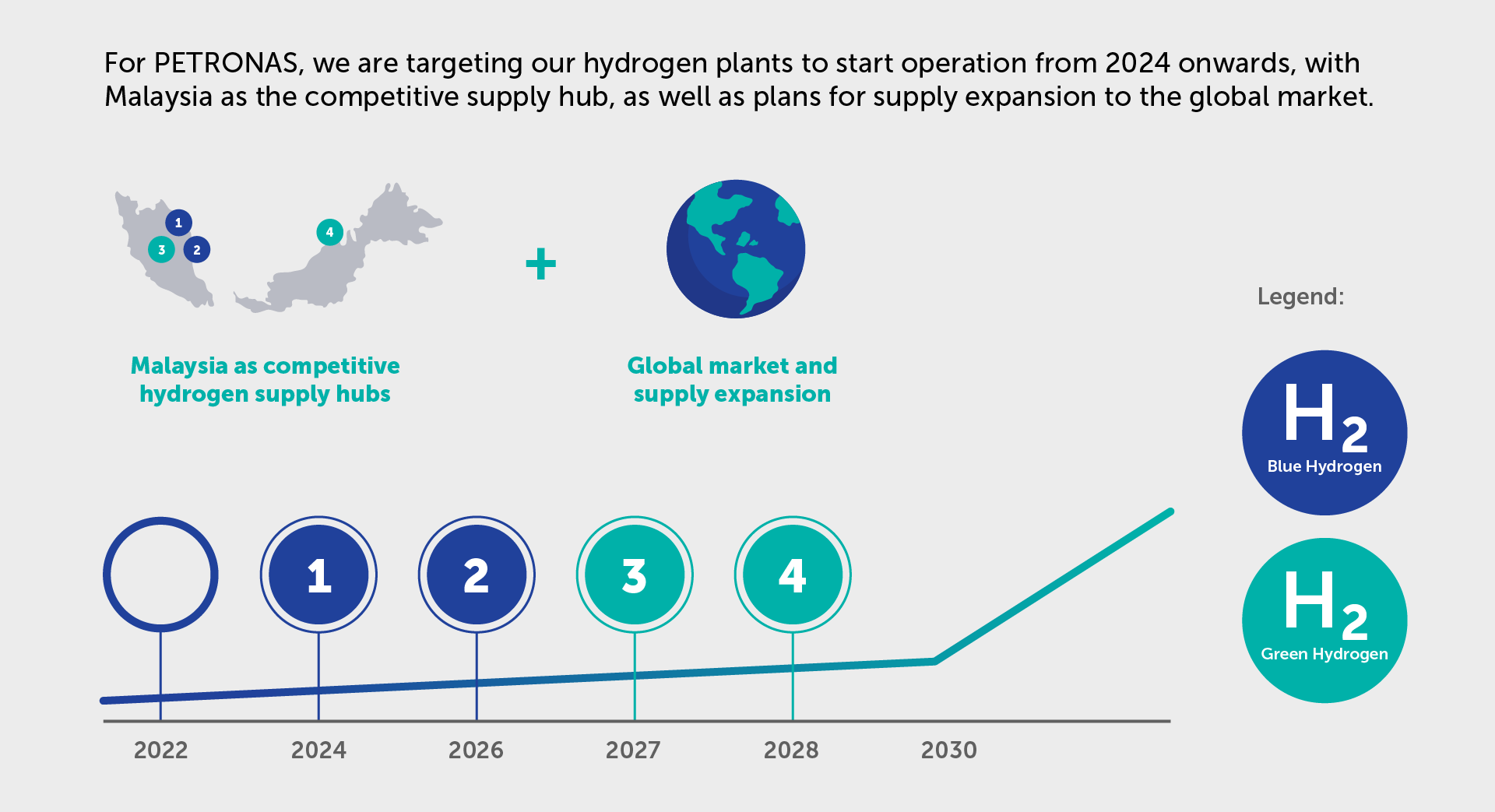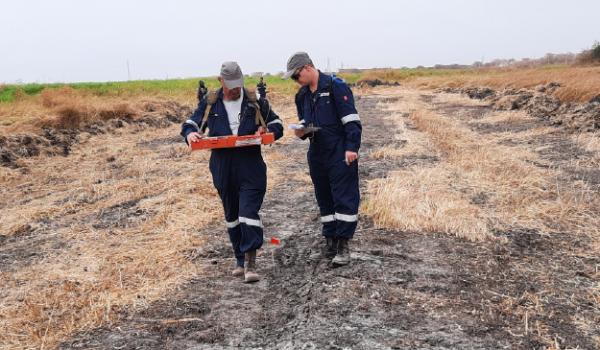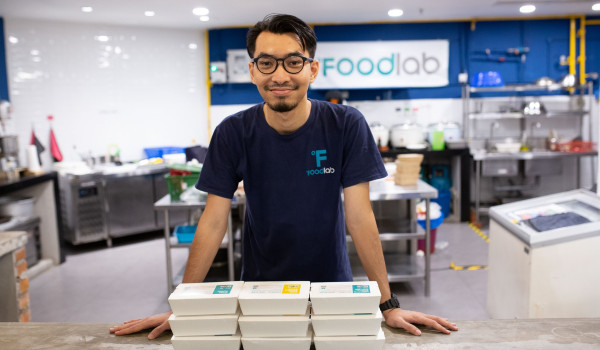What is hydrogen?
Hydrogen is a clean and versatile energy carrier that can be used as a fuel for mobility and power, for heating and as well as feedstock for industry.
A combustible gas with no colour and odourless gas, hydrogen is very light and almost 15 times lighter than air, so it tends to escape into space. It is also very reactive, which is why hydrogen is almost always combined with other elements in nature, such as water, hydrocarbons and other living organisms. Therefore, although it is abundant, we hardly get hydrogen directly from the earth's surface.
How do we get hydrogen?
For this reason, hydrogen must be extracted. There are several ways to produce hydrogen, involving a range of feedstocks and technologies. Globally, hydrogen is categorised by its colour to distinguish the production route and the impact on CO2 emissions.
Grey hydrogen is produced using fossil fuels like natural gas and coal, which release CO2 into the air in the process. The technologies involved are steam reforming and coal gasification.
Blue Hydrogen is made in a similar manner with introduction of carbon capture technologies to prevent CO2 from being released, enabling the captured carbon to be safely stored deep underground or utilised in industrial processes.
Green hydrogen, the cleanest of these three varieties, produces zero carbon emissions. It is produced from water using electrolysis powered by renewable energy like solar and offshore wind.



